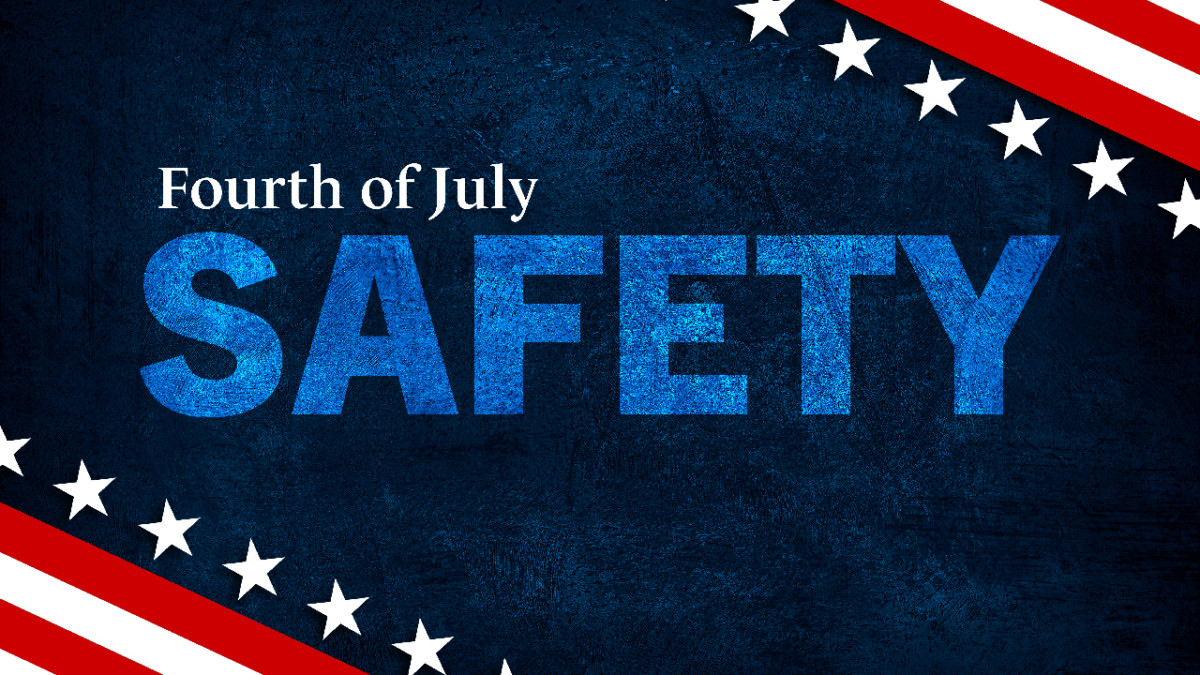As pandemic restrictions are lifted, and the country eases back into large gatherings and social events, Beretta Craft-Coffman, chief clinical officer at Burn and Reconstructive Centers of America (BRCA), wants to wish everyone a safe, friends-and-family-filled Fourth of July weekend.
“Many counties and states across the country are re-introducing public events for the first time in a year. And, while everyone is eager to enjoy the festivities, I also want to encourage caution when it comes to handling fireworks, especially around children,” said Craft-Coffman.
Every Fourth of July, hospitals and clinics across the country see a rise in patients with firework-related injuries, a majority of whom are children and teenagers.
The mishandling or misuse of fireworks, along with improperly discarded hot debris, are among the most common hazards when it comes to burn injuries to the hands, legs, or head.
When handling fireworks remember to:
- Set up the firework on a flat surface to reduce the risk of tipping over.
- Educate children on proper firework etiquette: don’t get too close and don’t touch.
- Closely monitor children when they have sparklers.
- Avoid re-lighting, leaning over, or picking up a “dud.” The firework is still live and has the potential to go off.
“Aerial fireworks that are knocked over, hand-held fireworks that are thrown or pointed at others, and sparklers that are waved around too closely to oneself are frequent occurrences that result in a trip to the burn center,” she said. “Before attempting a homemade display, see if there are any professional firework events nearby that you can attend instead.”
If you or a loved one suffer a minor burn this holiday, Craft-Coffman advises that you:
- Do not apply ice. Instead, cool the burn with tepid water for at least five minutes.
- Do not apply home remedies such as butter or oils.
- Do not use cotton balls or wool to clean the burn.
- Take an over-the-counter pain reliever, such as ibuprofen, acetaminophen, or naproxen, as needed for pain.
- Do not burst any blisters. Instead, cover the burn in a loose-fitting dry, sterile bandage.
- Remove all jewelry from the burned area when it is safe to do so.
“Minor burns, like most sunburns, can be treated at home with a little TLC and aloe, but more severe burns need to be cared for by a burn team,” said Craft-Coffman. “If you have any concerns about a burn or wound, the experts at BRCA are here 24/7 to help you.”
For more safety tips on how to avoid burn injuries at home and work throughout the year, visit our website at https://burncenters.com/burn-safety/
